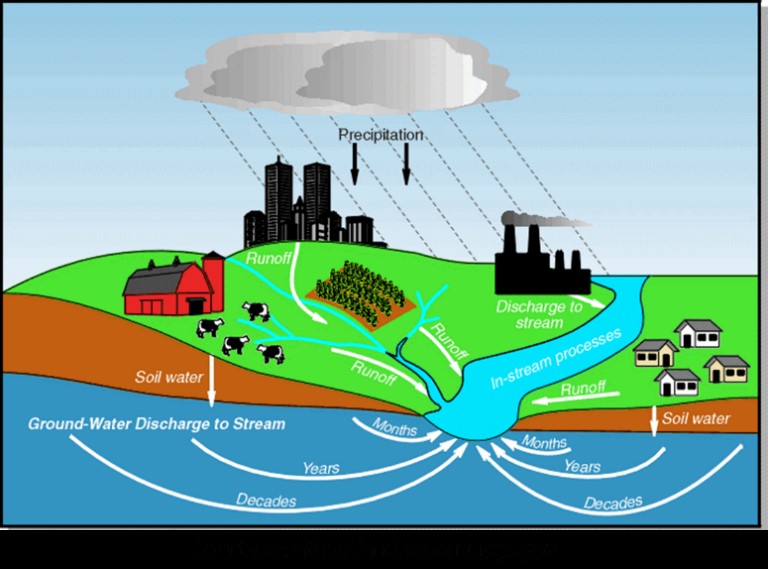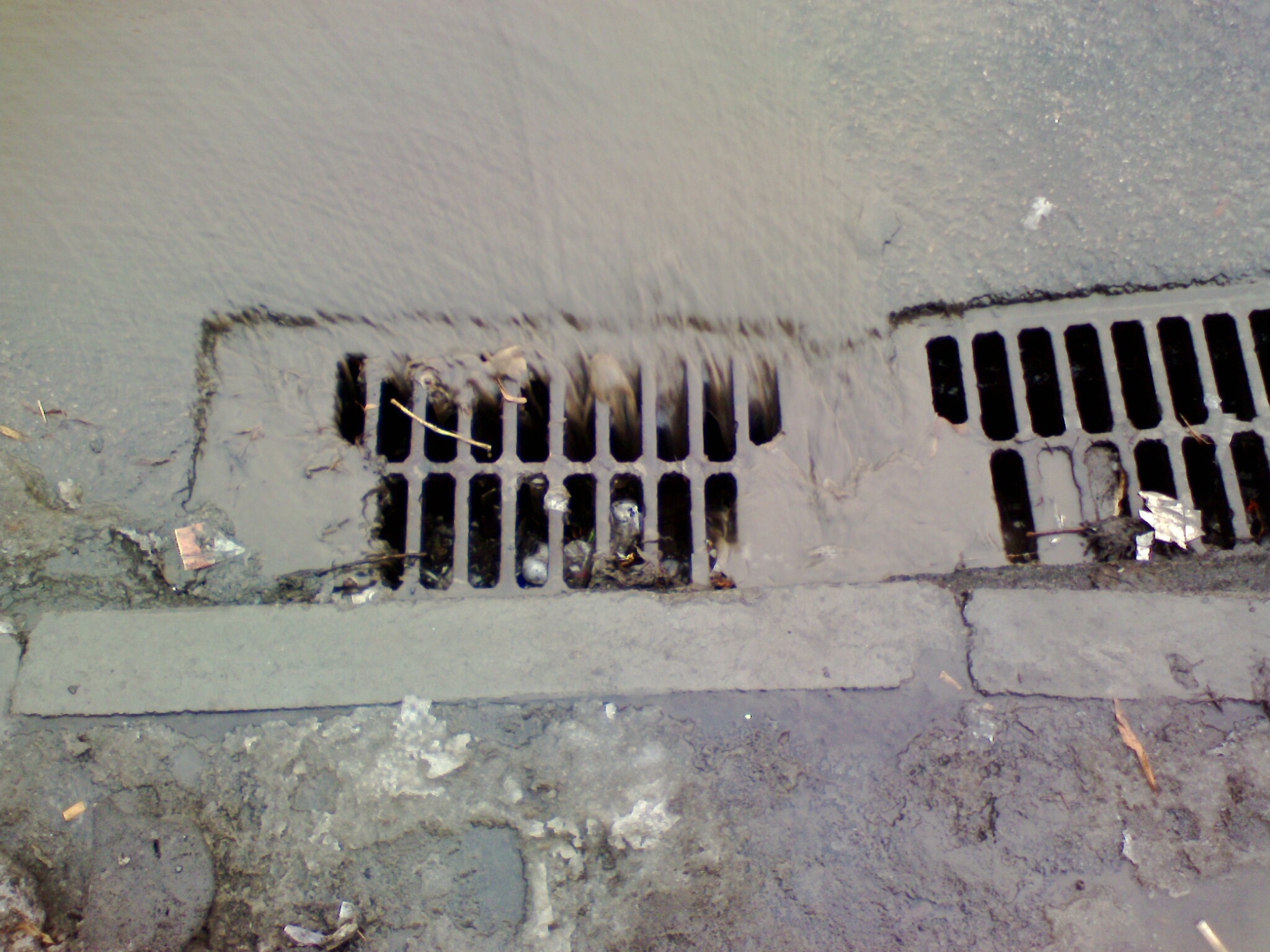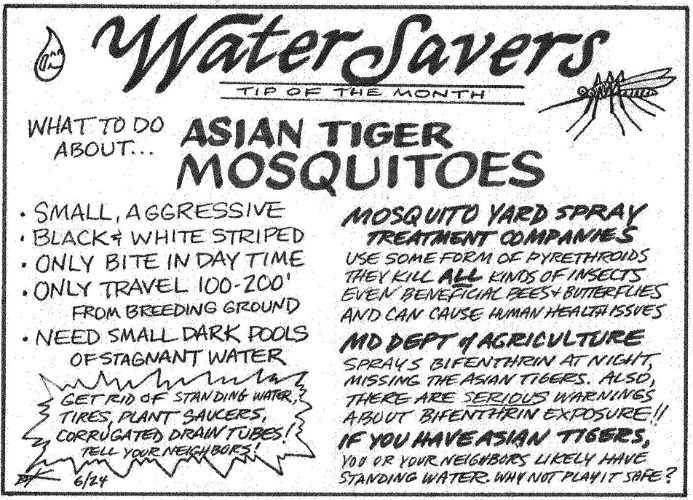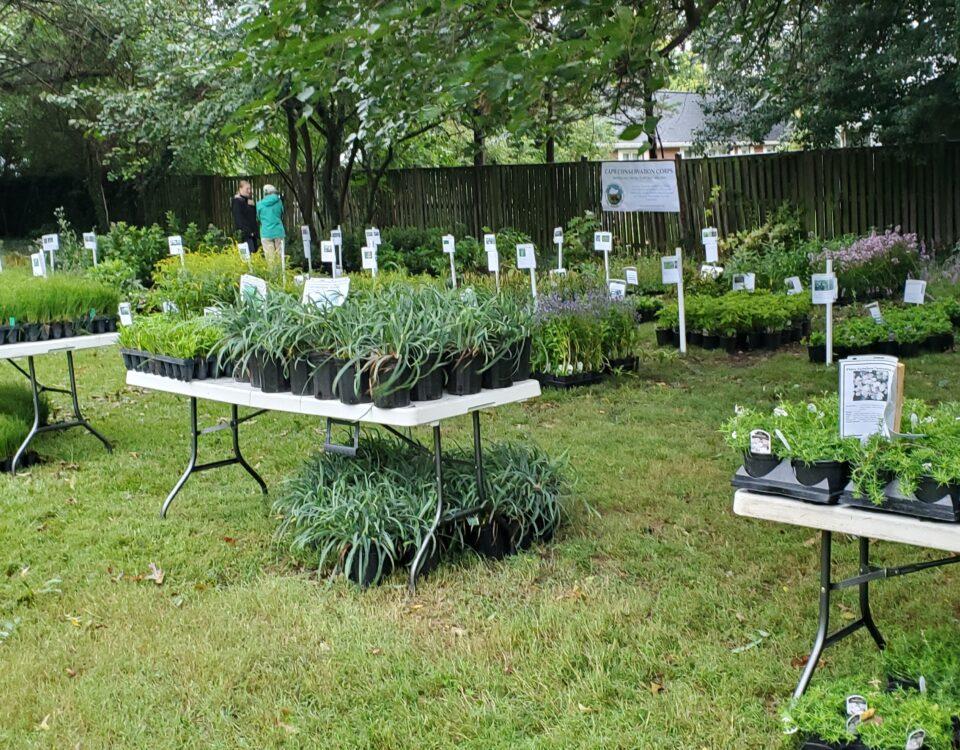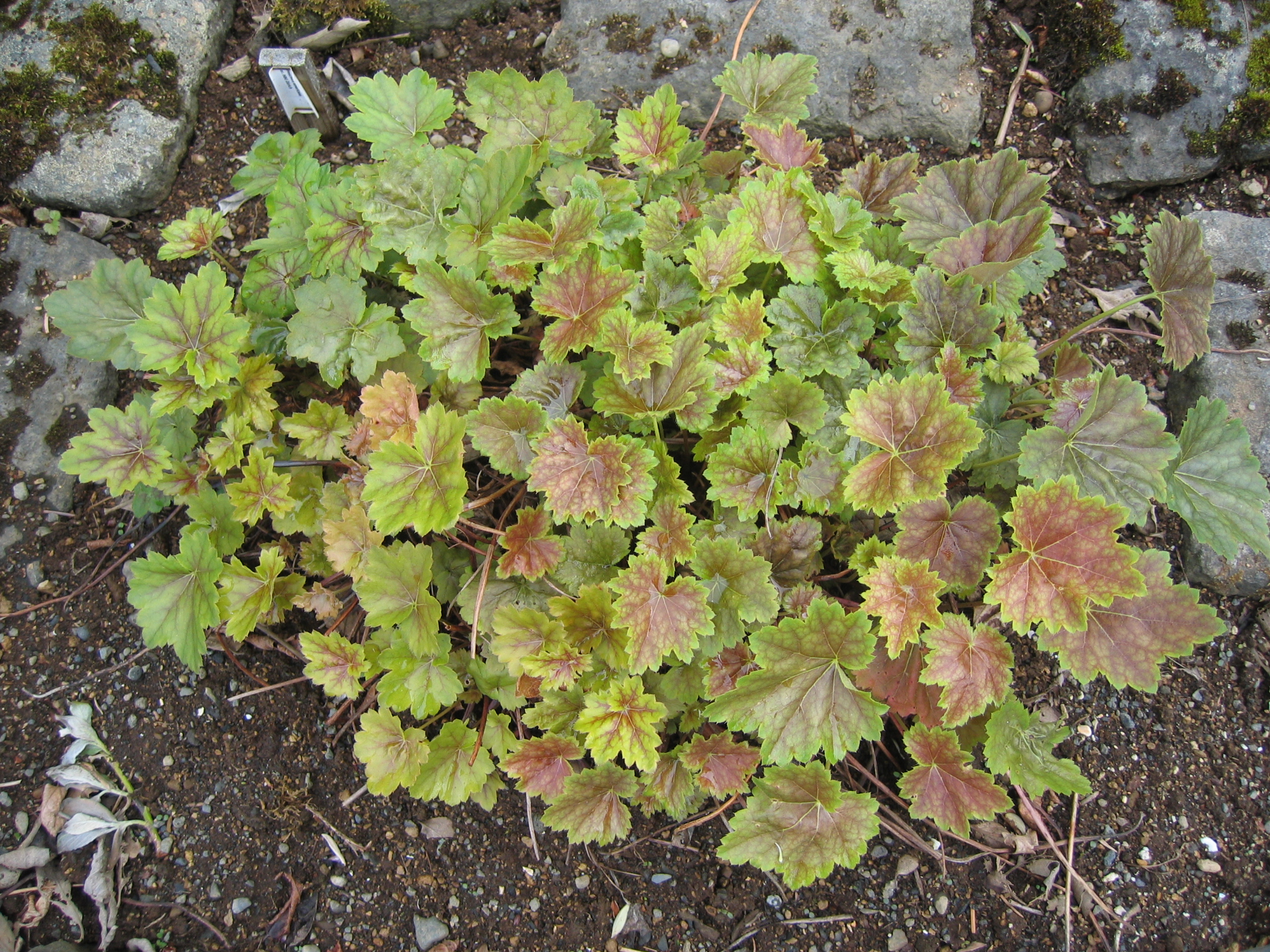
Native Evergreens Offer Year Round Interest
February 4, 2022
Spring Ephemerals & Early Bloomers
March 9, 2022By: Stacey Wildberger
Our most recent Habitat Hero Matt Puglisi mentioned controlling stormwater runoff as one of the main reasons he converted his landscape to native plants and removed his lawn so let’s take a look at what stormwater runoff is and some ways to control it.
Simply put, stormwater runoff is any drop of water hitting the ground that does not evaporate or sink into the ground. This water runoff can carry pollutants like sediment, fertilizer, pet waste, and bacteria into our waterways, causing pollution. Once there they destroy aquatic habitat, and reduces oxygen in the water leading to the death of fish and other aquatic life. They contaminate the waterways making them unsafe to swim, fish and boat. The stormwater runoff adds extra sediment to the water, suffocating shellfish, causing them to die off. The fast mowing storm water can cause erosion and again damage aquatic habitats. It will also bring with it pesticides, motor oil and other chemicals into the waterways making it unhealthy for humans and animals alike.
We as citizens of our community, and the larger Mother Earth have a responsibility and an obligation to protect our waterways and the creatures that inhabit them to keep them safe and provide usable places for humans and aquatic beings. There are many things we can do it in our own backyards to do promote clean water and control stormwater runoff by preventing it from leaving our property in the first place.
- Use “green mulch” (groundcover plants) to keep the ground covered
- Install a rain garden using native plants
- Use porous surfaces for walkways, driveways instead of concrete or asphalt
- Plant native plants including shrubs, trees and groundcovers
- Remove invasive species from you property
- Create living shorelines
Visit http://aawsa.org/pollution-and-water-quality to learn more on stormwater management and controlling runoff and the available rainscaping options.
